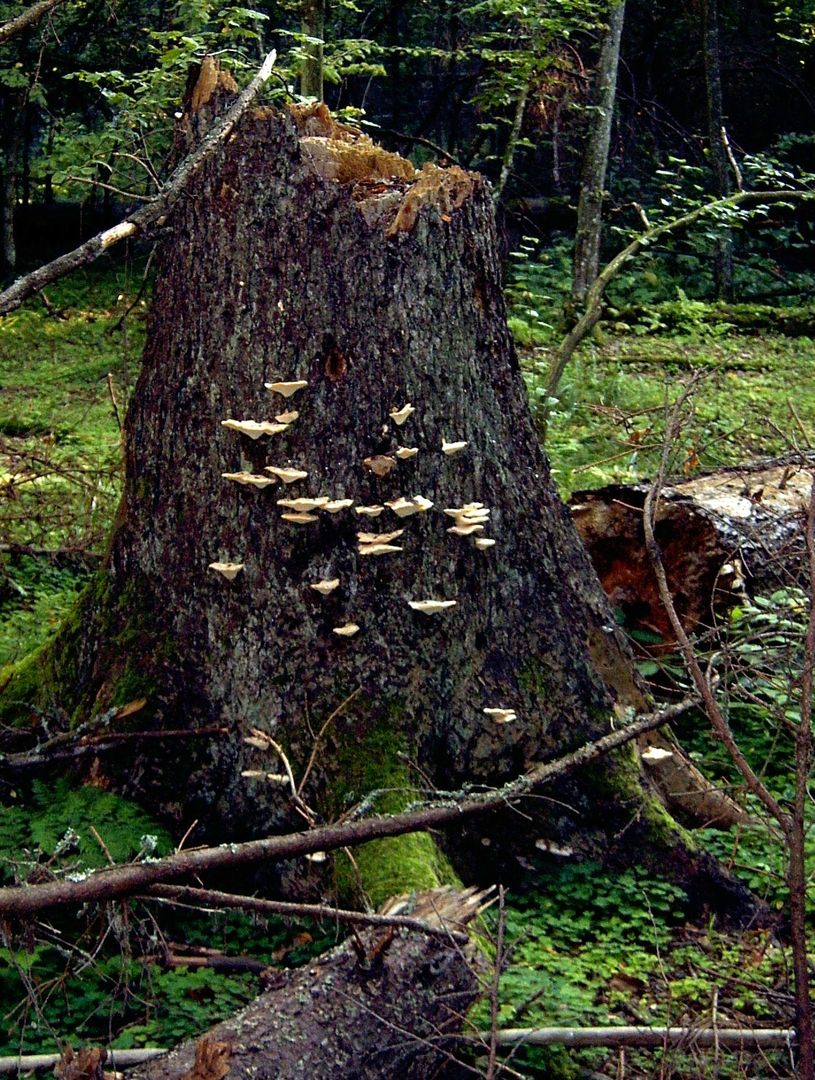Białowieża Forest
7.43

Overview
The Białowieża Forest is a unique forest complex covering an area of approximately 1,500 km², located on the border between Poland and Belarus. It is characterized by a relict of primeval forest landscapes and a richness of natural ecosystems, including some of the last remaining large fragments of primeval forest in Europe. The forest is home to many rare species, including the world’s largest population of European bison, as well as wolves and lynxes. The area was inscribed on the UNESCO World Heritage List in 1979 and recognized as a living biosphere reserve. The forest has a long history of conservation dating back to the 15th century when it served as a hunting ground for Lithuanian princes and Polish kings. In later centuries, the forest came under Russian administration, which led to various attempts to exploit its resources, including large-scale logging in the 20th century. Agricultural and hunting traditions have shaped the forest, introducing elements of managed forestry while also protecting some areas from complete deforestation. Interestingly, the Białowieża Forest serves as an important research center, allowing scientists to study forest ecosystems and the biological processes within them. Ancient trees, which reach enormous sizes, hold significant ecological and cultural value and are protected as natural monuments. Conservation efforts led by various organizations and institutions aim to preserve biodiversity, and the forest is a site where local communities and scientists collaborate in nature protection initiatives. In recent years, the Białowieża Forest has become a focal point of disputes over tree logging, drawing media and public attention and highlighting its importance as an area requiring special protection and as a symbol of the struggle to preserve nature.
Location
2025 Wizytor | All Rights Reserved